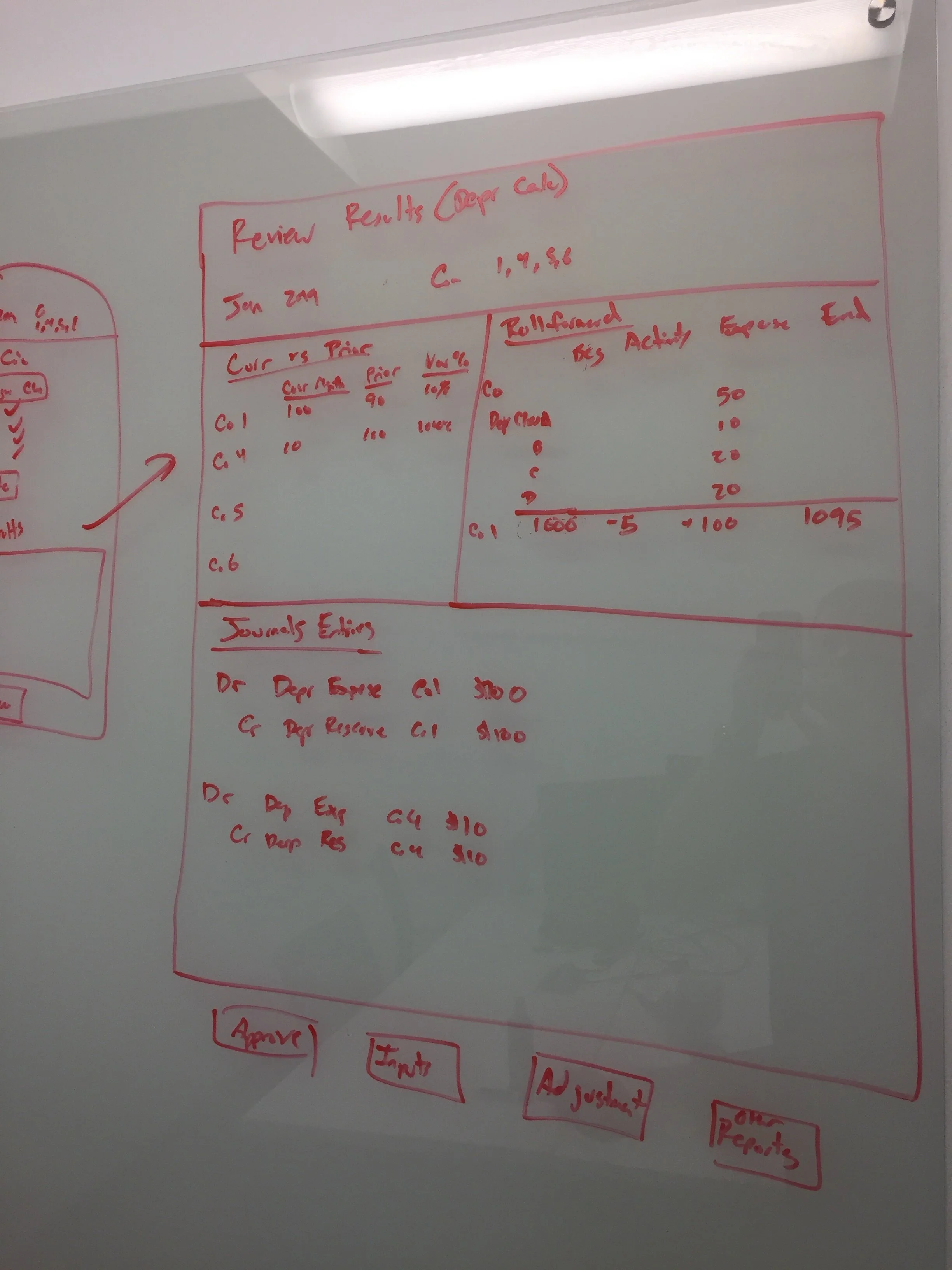Powerplan
Project Overview
PowerPlan set out to create a cloud version of their client-side desktop application to enable their vast client base a more streamlined and intuitive utility accounting solution. Fixed Assets is one of the main accounting product modules. The solution automates specially designed accounting activities for utility companies. Assets, such as telephone poles and generators for example, have specialized accounting requirements for tasks such as creating assets, approvals, calculations, and much more. All of which lower operating costs and improve cash flow for customers. Depreciation calculation within the month-end close process is the main and most important feature of the application. This feature was the focus of the product and design team to solution for the MVP.
Month-end close utilizes all aspects of the application, so we decided to tackle it from a high-level starting with the deprecation calculation process, whilst also simultaneously working on all the related features. The largest problem the application was experiencing was customer frustration with the functionality of the UI for calculating depreciation and closing a fiscal month. The user experience needed an overhaul, as not only is the on-premise application a legacy solution that is over two decades old, items such as month-end are integrated with other financial systems helping reduce a customers timeline for closing a month. However, the current application has become convoluted making these tasks difficult to complete. Current customer satisfaction, and marketing a new cloud solution to sale to new energy markets, became a key component.
SOlution
The Fixed Assets application is being overhauled with an updated user experience and user interface design, while thoughtfully streamlining the information architecture and interaction design for customers. The design strategy was centered around feedback collected from upfront/observational user interviews, user interviews during initial design, and usability testing with current customers throughout the entire design process.
My Role: User Research, Interaction Design, UI Design, Prototyping
Tools: UXPin, Miro (Creating user flows and various UX exercises)
Discovery & research
This project required extensive collaboration as the subject matter is extremely complex. After discovery discussions and white-boarding sessions with the product managers and owners, I worked closely with both customers and team members through the research and initial design UX phases. Our team was comprised of multiple accounting subject matter experts whom were able to help the product team understand the subject matter to keep the pace of the project moving forward at all product design stages.
User Interviews
The product team wanted to begin with real user needs that made up the customer dissatisfaction problems, so we decided to interview as many people as we could to get an understanding of the problems. We spoke mostly to account accountants, project mangers, and property managers.
We recorded the interviews and discussed the findings amongst ourselves to help pinpoint the areas where we could improve the month-end close process, and while also honing in on other key areas of the application that fed the month-end close process.
These are some of the key take aways from the interviews:
KEY INSIGHTS
Organization of assets activities, and key fiscal insights for reporting were not supported thoroughly in the legacy interface.
Lack of a notification system to alert when items such as new assets were created and needed to have an activity performed, calculate depreciation, when a team member had completed their part of the month-end close process, and much more.
An accounting team did not have a method to track where they were in the month-end close process at any moment. This stifled the approval process also.
Not all nomenclature was clear; especially when errors occurred.
Errors needed more automation for prevention purposes.
Wireframes
Soon after the research and analysis into how users would interact with the content, and detailed user scenarios were finalized with the product team I took all of our whiteboard session findings, and my personal research, and started creating medium fidelity versions of the application. Having accumulated a large amount of project knowledge, I had a very clear vision for the product we needed to create to solve the problems we identified.
Below are examples of the redesign illustrating an authenticated user's path to running depreciation calculation within the month-end close process. This is a high-level view of a user locking the current accounting period (month), closing all the companies, running, and reviewing results.
UI Design
The design team was simultaneously creating a universal design system for all PowerPlan modules to use. Below are samples of the final form applied to the Tax Fixed Assets product.














